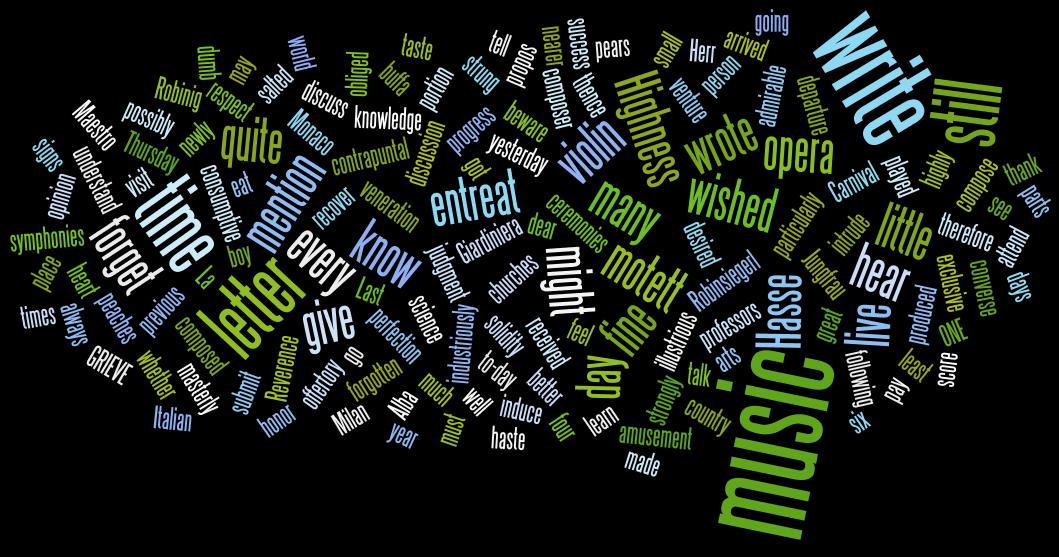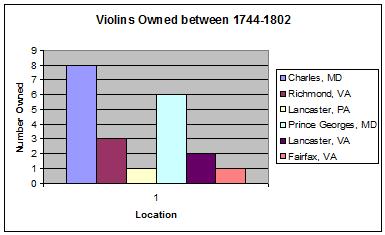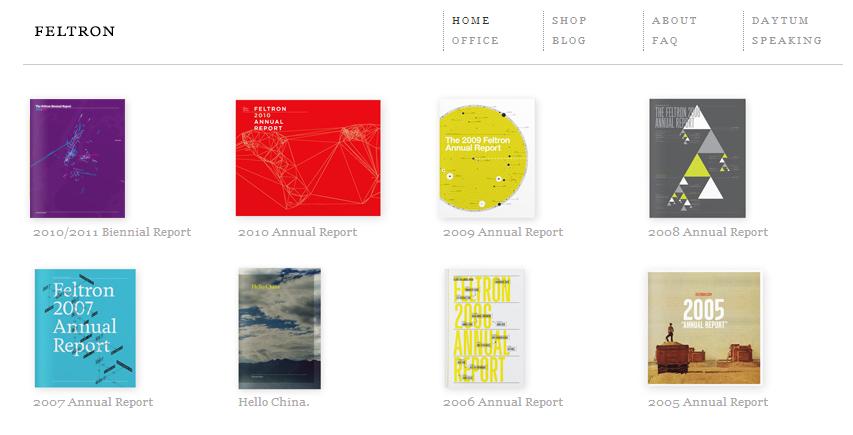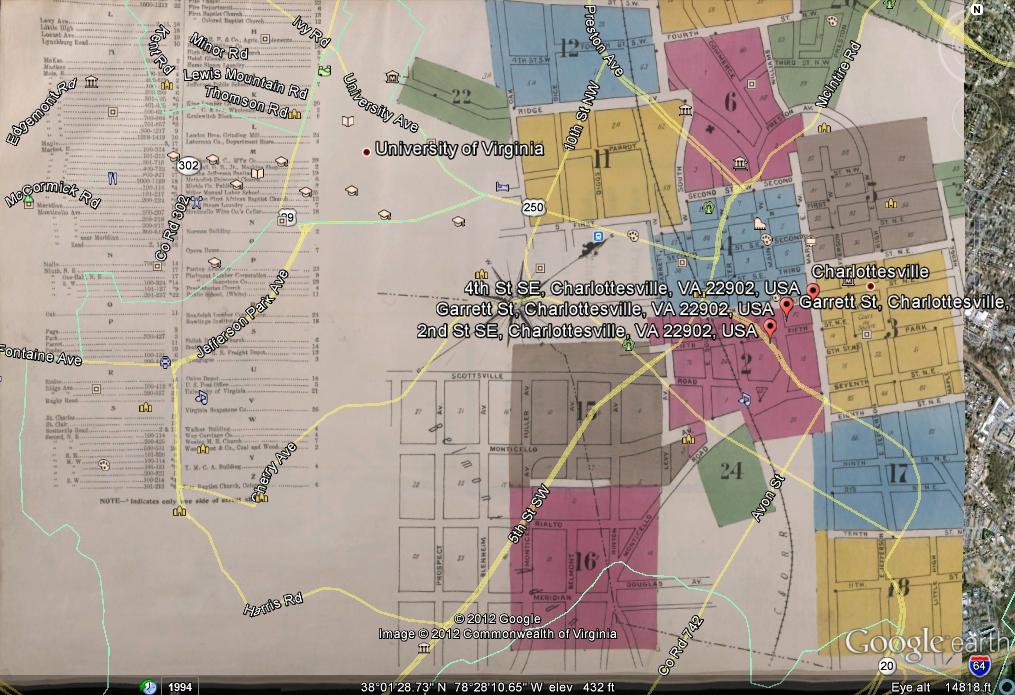
Mozart enfant, son père et sa soeur (Child Mozart, his father, and his sister), painted by French painter Luis Carrogis from the Musée Condé, Chantilly France.
Wolfgang Amadeus Mozart is perhaps the best known classical music composer. His music is still performed and studied even 221 years after his death in 1791.
Wolfgang was born in Salzburg,Austria—then part of the Roman Empire—Wolfgang came from a very musical family. His father, Leopold Mozart, was a sought after composer and musician. Leopold published one of the first books on teaching and playing the violin entitled, “Versuch einer gründlichen Violinschule (‘Essay on the Fundamentals of Violin Playing’) published in 1756, the same year Wolfgang was born.
Wolfgang, soon began to show signs of musicality as Leopold began to teach Wolfgang’s younger sister Maria, who showed a talent in music. As Leopold taught Wolfgang’s older sister Maria, music began to have a major impression on, then, three-year old Wolfgang.
“He perched himself at the clavier, and amused himself by finding out thirds, which e struck with much demonstration of delight; he also retained the more prominent passages in the pieces which he heard. In his fourth year, his father began, in play, to teach him minutes and other pieces on the clavier; in a very short time he could play them with perfect correctness and in exact time. The impulse to produce something next awoke in him and in his fifth year he composed and played little pieces which his father then wrote down (Jahn, 19-20).
Leopold continued to teach Maria in the talents of music, however he also began to teach young Wolfgang both piano and violin. Both children began intensive musical training. As a result, by the time Wolfgang was five he had already composed his own works.
Maria, a talented pianist in her own right, began to accompany her younger brother on violin as the family began touring throughout Europe on the “Mozart Family Grand Tour.”
The family—Leopold, Anne Maria, daughter Maria, and son Wolfgang—embarked on a tour across the European continent that spanned over three years, five months, and twenty days. The “Grand Tour” went across eighty-eight cities and towns, which included repeat visits by the family to various towns and cities.
The family toured between the June 9, 1762 and November 29, 1766.
The purpose of this assignment is to track the various locations visited by the Mozart family during the years 1762-1766. The family continued to tour even after these years. While the family continued to travel throughout Europe after these years, they were primarily traveled by Wolfgang and his father, not the rest of the family. For the purposes of this assessment, a small portion of the musical prodigy will be assessed. Using various online tools, research, graphs, and maps a picture of the Mozart Family Grand Tour will be illustrated.
- This map overlay is a map from 1760. What is evident is that the borders are not as distinct as they are today. Aligning the map up with the “boot” of Italy, the map overlay clearly displays some problems with 18th century cartography. While the “boot” of Italy is properly aligned, looking at the border of France the alignment stops there.
The map from the 18th century showing Western Europe as it was then thought to be. During this time Western Europe was still divided into Bavaria, as part of the Holy Roman Empire, and other regions that no longer exist. The map displays the contrast between Western Europe during young Wolfgang’s time and Western Europe now. - The Mozart Family Grand tour began in Salzburg,Austria not only the birth place of Wolfgang Mozart and his sister Maire-Anne (Nannerl), but also the start of the family’s grand tour around Western Europe.Traveling eastward, the family had to stop in Germany unexpectedly during the beginning of their tour when a wheel broke off of the carriage. However, the family soon reached Munich on June 12, 1763 where they stayed giving their first set of concerts throughout the city. The family began to dine with members of the royal family including Prince Frederick Michael.The family spent quite a lot of time in Germany when they then proceeded towards Brussels. They arrived on October 4, 1763. While the children continued to perform, Leopold Mozart began to see the bills pile up. Throughout Germany advertisements for the wunderkind children cropped up. At first advertising the children’s great talents sparked up. However, as expenses grew high and performances slumped, Leopold began to embellish his ads. Including remarks on little Wolfgang’s age and brilliance, he lowered the ages of his two children to give them an even younger age as to appeal to an intrigued audience. He began promising a variety of his sons talents, setting up expectations for his son. These embellishments continued throughout the tour, including Leopold Mozart’s concerns over money.
In November of 1763, the Mozart’s arrived in Paris,France. Ultimately for Leopold, having the children perform at the Palace of Versailles was the ultimate goal for the grand tour. The family stayed in France, particularly the surrounding Paris area for months. However, upon their arrival the family had to wait 16 days until they could perform of Versailles as the sister of the King got ill with smallpox. Therefore, all entertainment was cancelled, including the Mozart performances.
However, the family was soon able to perform for Louis XV. They stayed at Versailles for 16 days, The Mozart family was finally able to perform at Versailles, where they stayed for 16 days. The family made an immense impression on Louis XV who was impatient during the first stay of the family asked for young Wolfgang to play something on the organ. Taking all the guests to watch the child perform, he was instantly floored by young Wolfgang’s performance.
The family moved eastward to London England where they performed for King George III and Queen Charlotte. This was the farthest that the Mozart family went. They stayed in London from April 23 1765 to July 30 1765 performing all across the city and staying at Buckingham palace several times.
However, the family soon traveled to the Netherlands, or Holland. Leopold Mozart intended to go to Italy after the family’s trip to London. However, the Dutch envoy to London extended an invitation to have the family visit Prince William V. Leopold was hesitant to accept the offer because of the bitter winters. However on November 5 1765 the family arrived in Holland.
Having had both of the Mozart family “wunderkinds” get sick, it wasn’t until January of 1766 that Nannerl, Mozart’s older sister, finally was able to perform for the Dutch audience. This perhaps where the first Mozart symphonies were premiered at the OUde Doelen.
From there, the family went to Switzerland and then traveled back through Holland,France, and Germany back to Austria to conclude the Mozart Family Grand tour.
What is not evident in this map is all the experiences young Wolfgang experienced on his trips. It also does not include where he first composed each of his early symphonies, nor the return visits to various locations. The map also does not include the various places that the Mozart family was stricken with illness. And lastly, this map does not trace the journey back to Salzburg, Austria where they took return visits to former stopping grounds.
- This word analysis looks at letter written by Wolfgang’s father Leopold as they stayed in the Hague during their Family Grand tour. What is evident by the size of the word, is that Leopold’s daughter played an important role in this correspondence. At the time, the eldest Mozart, Anne-Marie (however she was called Nannerl) was stricken with illness.Prior to their trip to Holland, Leopold was very hesitant on taking his two children to Holland. The harsh winters did not suit the Mozart family. However, after a personal invitation to play for the Duth, Leopold could not turn such an opportunity down. Leopold Mozart, evident through earlier letters, was deeply concerned with finances, therefore he and his two children headed to Holland.Through this analysis, it at first wouldn’t seem as though the letter came from a musical family. In the top middle right the word “music” is almost unable to be seen. What is emphasized is the word “time” appearing several times in this correspondents. Leopold not only feared the potential time passing on his child, but also feared that the time of his wunderkind show was potentially over. He begs in the letter for God to look over his two children who both had gotten sick during the course of the Family Grand Tour.
It took until September for the daughter to recover from her illness and perform with Wolfgang to the joy of the Dutch.
Writing from Paris,France Leopold Mozart once again regretfully writes of his children’s illness nothing, “The illness of my children is the only reason why I have not yet sent you and my friends as exact a description of Holland…”
However, what is evident are the various synonyms or the word “compose” or “to write music.” What is known about the Family Grand Tour is that some of Wolfgang Mozart’s earliest works came from his travels across Western Europe. On his travels, as highlighted in this text analysis, he wrote many sonatas. While Mozart only wrote 5 symphonies during the course of his travels, he did write a number of symphonies and simple pieces for both the violin and the clavier, which was a stringed keyboard instrument from Germany during the Mozart’s time. It later began to be used to replace the keyboard, or piano.
Another note of interest is the large word “little” to the far right. In some occasions, Leopold would call Wolfgang his “little” man or “little Wolfgang” (not the largeness of this word within the text analysis whom he showcased around various cities and towns. In fact, Wolfgang for all that he had accomplished, was still considered little and at the time was only 10. Musical words such as “arias, violin, sonatas, accompanied, festival, organ, play” appear throughout this text analysis.
Famous cities such as Amsterdam and Salzburg are mentioned, including the Hague and Holland. Salzburg was the home of the Mozarts and the unexpected tour around Holland kept Leopold Mozart busy to catch is friend up on what the family was doing.
What is evident in this text is Leopold’s affection for his “little Wolfgang” who was in many respects was clearly the star of the family grand tour.
Conclusion: Through this, by no means comprehensive research, it is clear that young Wolfgang was a hit with Europe. In today’s age, being on tour for three years is unheard of. Young Mozart didn’t return back to Salzburg until he was in the double digits, having left the area when he was a mere youngster. Evident through the textual and graphical analysis, the Mozart family covered a wide array of ground throughout Europe despite the lack of modern technologies available to those of us today. Wolfgang Amadeus Mozart was the first true prodigy that was showcased around Europe.
Not only did this early experience at such a young age change Wolfgang as a person, but it increasingly affected his music While was touring, the youngster wrote three symphonies. Writing one alone at such a young age is incredible, yet three is unimaginable. In short, Mozart’s first experience to the outside world of Salzburg proved to be an influence on his music through the many areas he visited in the instruments he touched, whom he performed, composers he met, and the constant teaching of his father, Leopold affected young Wolfgang. Perhaps, had it not been for this family grand tour, young Wolfgang may not have been the prized musician many classical music fans adore.
[Preservation: The work that is presented here is saved in a variety of places in order to maintain its preservation. Most of the research in this book is from tangible books, which were then being notated throughout the research The geographical maps are saved in Google and are also saved on the researcher’s hard drive and external hard drive.]
Sources:
Online: Gutman, Robert W. Mozart: A Cultural Biography. New York: Harcourt Brace, 1999. Print.
Jahn, Otto, Pauline D. Townsend, and George Grove. Life of Mozart,. London: Novello, Ewer &, 1882. Print.
Melograni, Piero, and Lydia G. Cochrane. Wolfgang Amadeus Mozart: A Biography. Chicago: University of Chicago, 2007. Print.
Solomon, Maynard. Mozart: A Life. New York, NY: HarperCollinsPublishers, 1995. Print.
Online: http://en.chateauversailles.fr/history/the-significant-dates/chronology/1763-1764-visit-of-the-child-mozart
http://www.salzburg.info/en/sights/museums/mozarts_birthplace
http://archive.org/stream/lettersofmozarth000861mbp/lettersofmozarth000861mbp_djvu.txt
http://www.musee-conde.fr/

 Scratch is a new form of programming that allows kids to delve into programming. Scratch brings programming to everyone, as it notes on their website. That is what is most remarkable about Scratch, aside from the 1998 looking interface.
Scratch is a new form of programming that allows kids to delve into programming. Scratch brings programming to everyone, as it notes on their website. That is what is most remarkable about Scratch, aside from the 1998 looking interface. 



